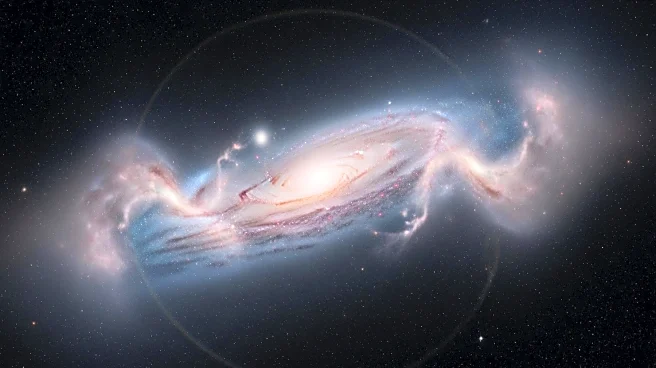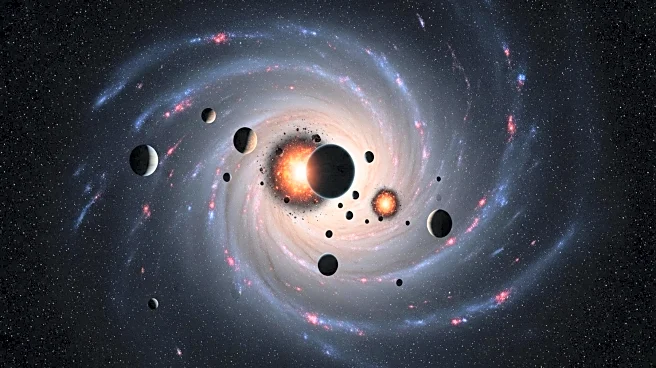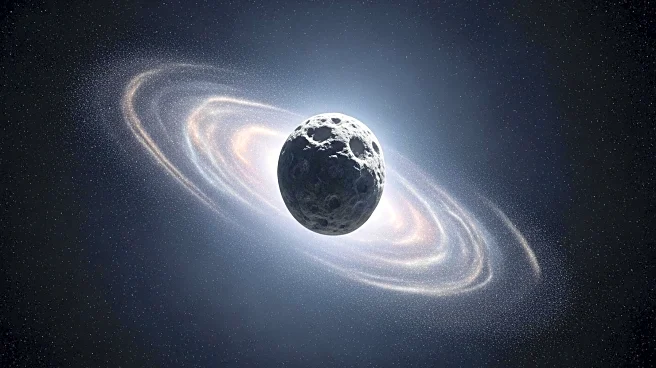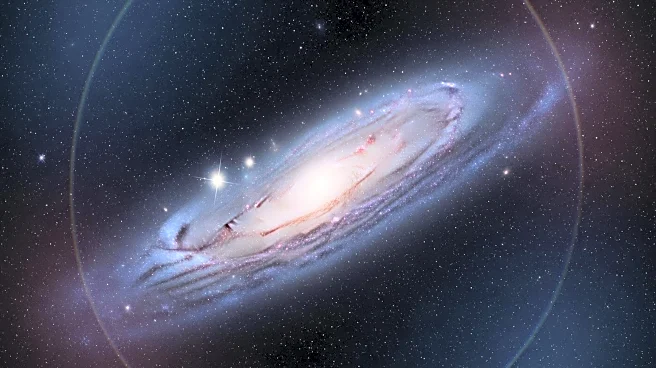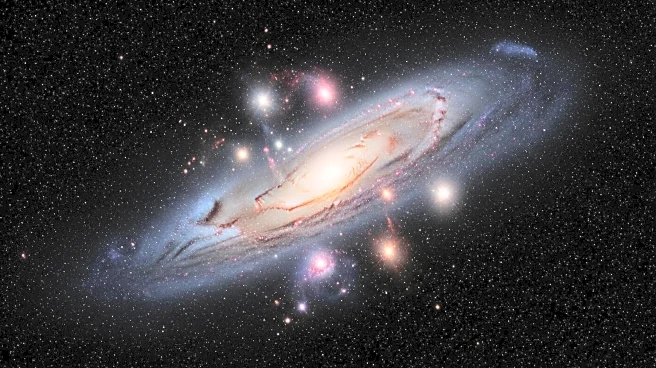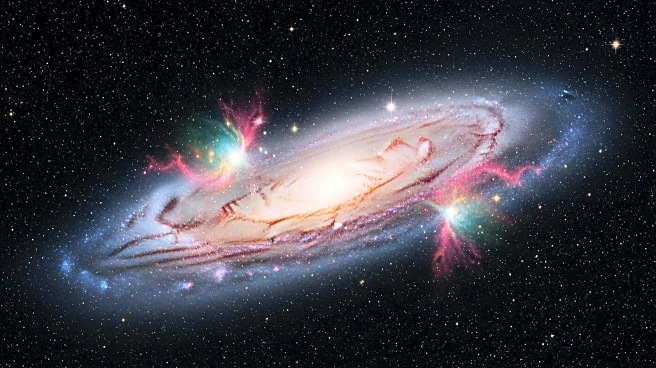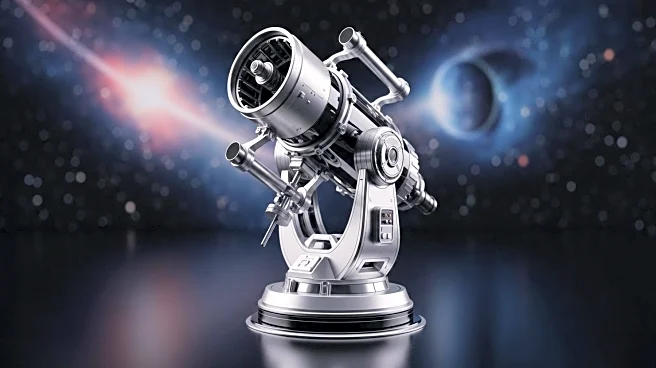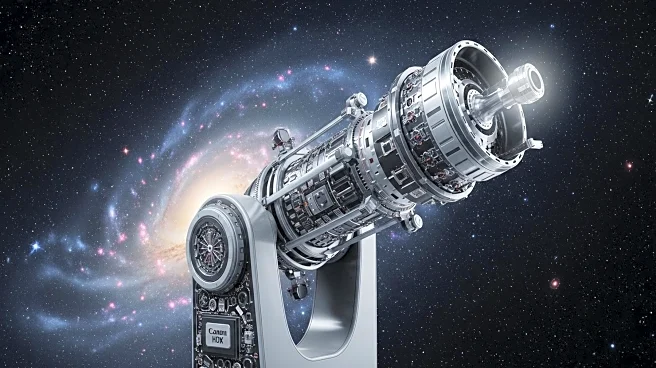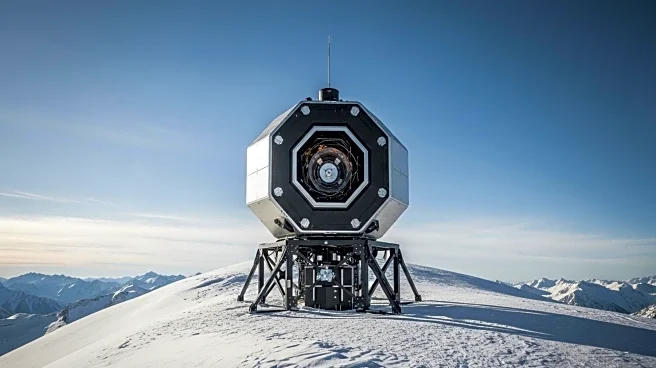What is the story about?
What's Happening?
NASA is delving into the mysteries of dark matter, a substance that makes up about 27% of the universe's mass. Despite being invisible, dark matter is believed to play a crucial role in shaping galaxies and cosmic structures. Scientists have been investigating dark matter since the 1930s, with significant contributions from astronomers like Fritz Zwicky and Vera Rubin. Current research involves studying gravitational lensing effects and exploring potential dark matter candidates such as WIMPs, axions, and primordial black holes. NASA's Goddard Space Flight Center is actively involved in these studies, utilizing data from various telescopes to map dark matter distribution and understand its impact on the universe.
Why It's Important?
Understanding dark matter is vital for comprehending the universe's structure and evolution. As dark matter influences the formation and behavior of galaxies, insights into its properties could revolutionize astrophysics and cosmology. The research has implications for fundamental physics, potentially leading to breakthroughs in particle physics and the understanding of cosmic phenomena. NASA's efforts in studying dark matter contribute to global scientific knowledge and inspire future generations of scientists.
What's Next?
NASA plans to continue its research into dark matter, with upcoming missions like the Nancy Grace Roman Space Telescope expected to provide more detailed maps of dark matter distribution. These efforts will help answer key questions about the universe's organization and the role of dark matter in cosmic history. As new technologies and methodologies are developed, scientists anticipate discovering more about dark matter's nature and its interactions with ordinary matter.
AI Generated Content
Do you find this article useful?
